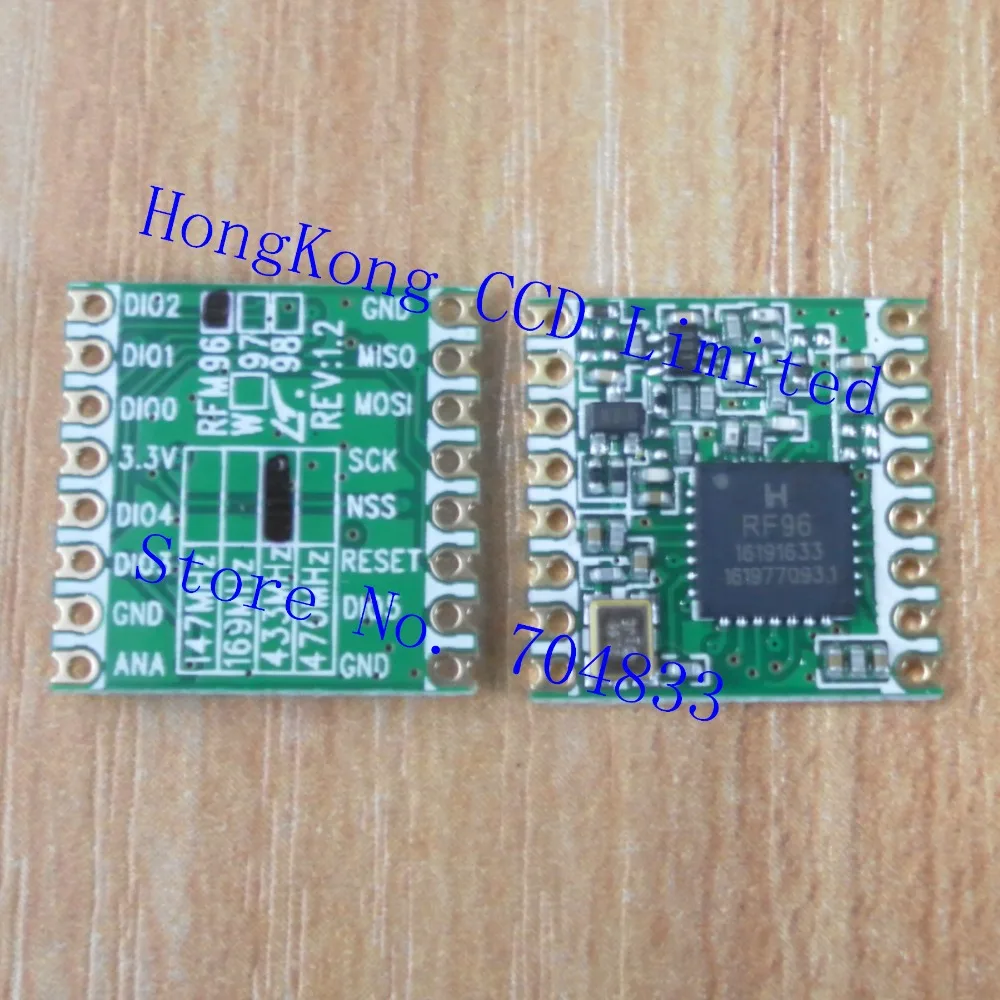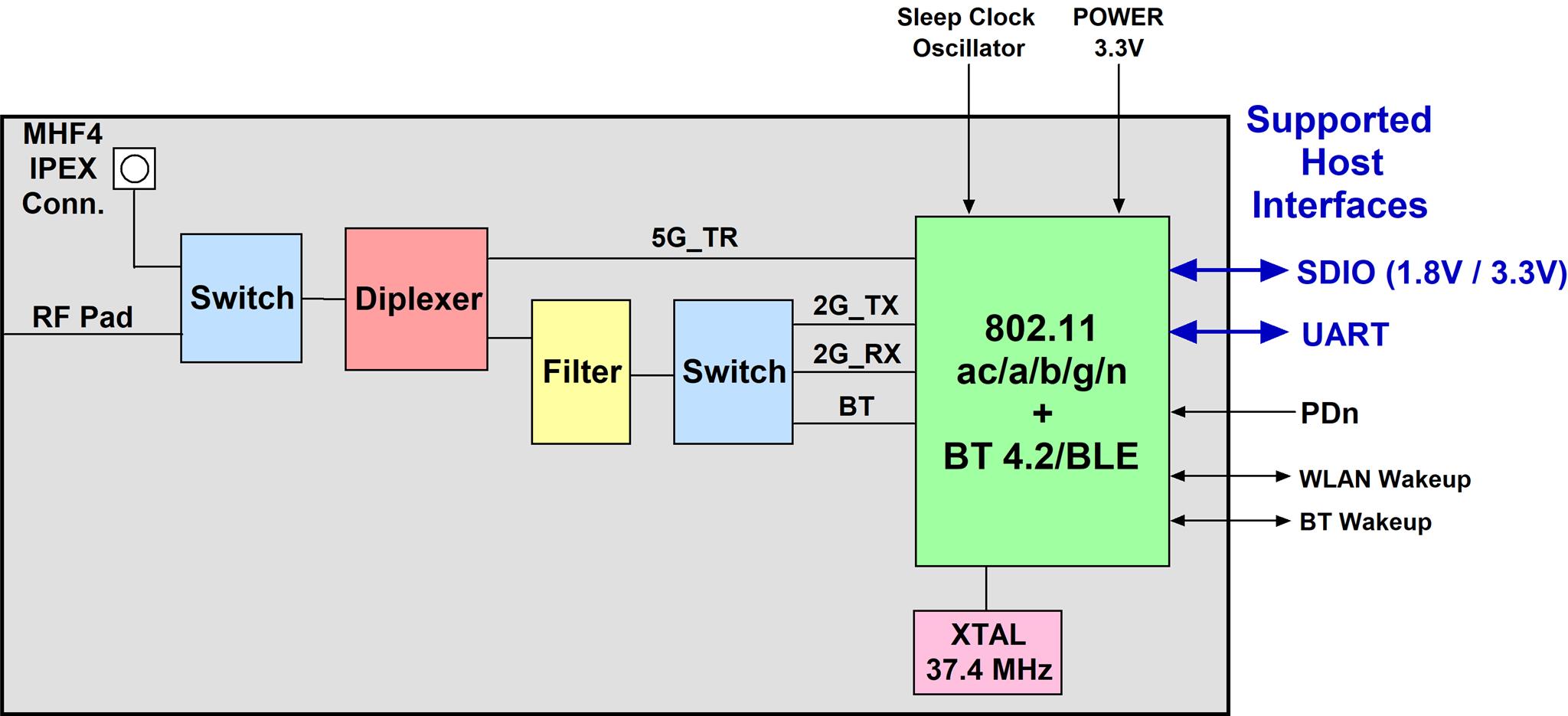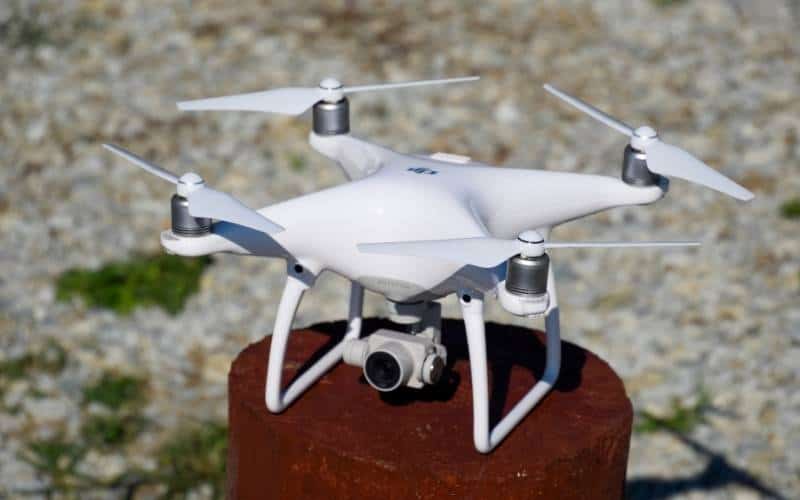
- MAXIMUM TRANSMIT POWER WIFI 20DBM VS 28 DBM DRIVER
- MAXIMUM TRANSMIT POWER WIFI 20DBM VS 28 DBM LICENSE
Also remember high power probably won't help with getting reception to far away devices, as the router may not be able to hear them should help with talking to other high powered routers though. Just letting you know that your mileage may vary. virtual hotspot) on Atheros chipset etc), so haven't reported it, but I'm getting short wireless dropouts periodically. I'm doing a lot of other weird stuff with wireless that I didn't set up through the GUI (WDS on 5GHz, WDS repeater (i.e. I initially thought it might be to do with running at high power, but now think it more likely that it's something else as I've turned power down and it's still happening. I've actually had some problems with the wireless on the most recent version. Still, if you're like me and use it mostly for the excellent usage accounting and QoS, go ahead. If you chmod 444 the wireless config file after editing it, the Gargoyle GUI won't be able to change it back either.though this will of course mean you have to set up all features affected by the wireless controls manually.can be a bit fiddly and defeats some of the point of using Gargoyle.

You can find the max values supported by the hardware in the DD-WRT om memory it's 27dBm/22dBm on 2.4GHz for 20 and 40mhz channels and 24dBm on 5GHz. You won't be able to set wireless power of greater than 20dBm on Gargoyle through the GUI, but you can edit the config file if you want to. Some devices contain multiple ARTs.Given I wrote the bit about uploading regulatory.bin on the OpenWRT wiki, yes you can. Some regulation infos can be part of the ART/caldata/EEPROM/OTP.

Doing these conformity tests is often not done on very cheap hardware or the hardware is programmed and designed to operate at save values instead of operating at the “regulation border” at max. Many countries enforce conformity tests (FCC, CE.) to ensure that the hardware operates within reasonable limits. "OTP" means the data for the setup is inside the main wlan chip. "EEPROM" means a dedicated chip contains the setup data (common on older devices). “ART/caldata” means a dedicated partition on system flash containing data to setup ath9k (ART=atheros radio test) or other hardware (caldata = calibration data).

“Firmware” means the blobs loaded by fullmac devices (many 802.11ac chipsets) can introduce non changeable tx power or different tx power depending on driver. Firmware/ART/caldata/EEPROM/OTP limitations Power management can influence neighbour APs (noise floor,hidden station).Ĥ. Without measuring equipment the output power level could be reported wrong.
MAXIMUM TRANSMIT POWER WIFI 20DBM VS 28 DBM DRIVER
The driver does not use some circuitry (on RX path: LNA, example)įactory firmware, OpenWrt and some vendor firmware based on OpenWrt could use different drivers.Įach driver can interpret limits differently.
MAXIMUM TRANSMIT POWER WIFI 20DBM VS 28 DBM LICENSE
Some regulators might allow operation for radio amateur or via some license scheme. Use high tx power cards if you need them or can operate them in your regulatory domain. Hardware quality varies in production process and individual calibration is costly. Setting higher limits can damage or shorten the lifespan of the hardware. tx power on data sheets (example: WLM200N-23ESD).

Most use cases do not need high tx power but can profit from better antenna or multiple APs. High tx power requires different hardware design (more costs not worth on consumer hardware). Hardware is not constructed or does not support high transmission powerĢ.a Hardware design (target market) plays a role Regulatory data might be outdated or wrongįix regulatory bugs and report them to OpenWrt and/or upstream at: iw reg getĢ.


 0 kommentar(er)
0 kommentar(er)
